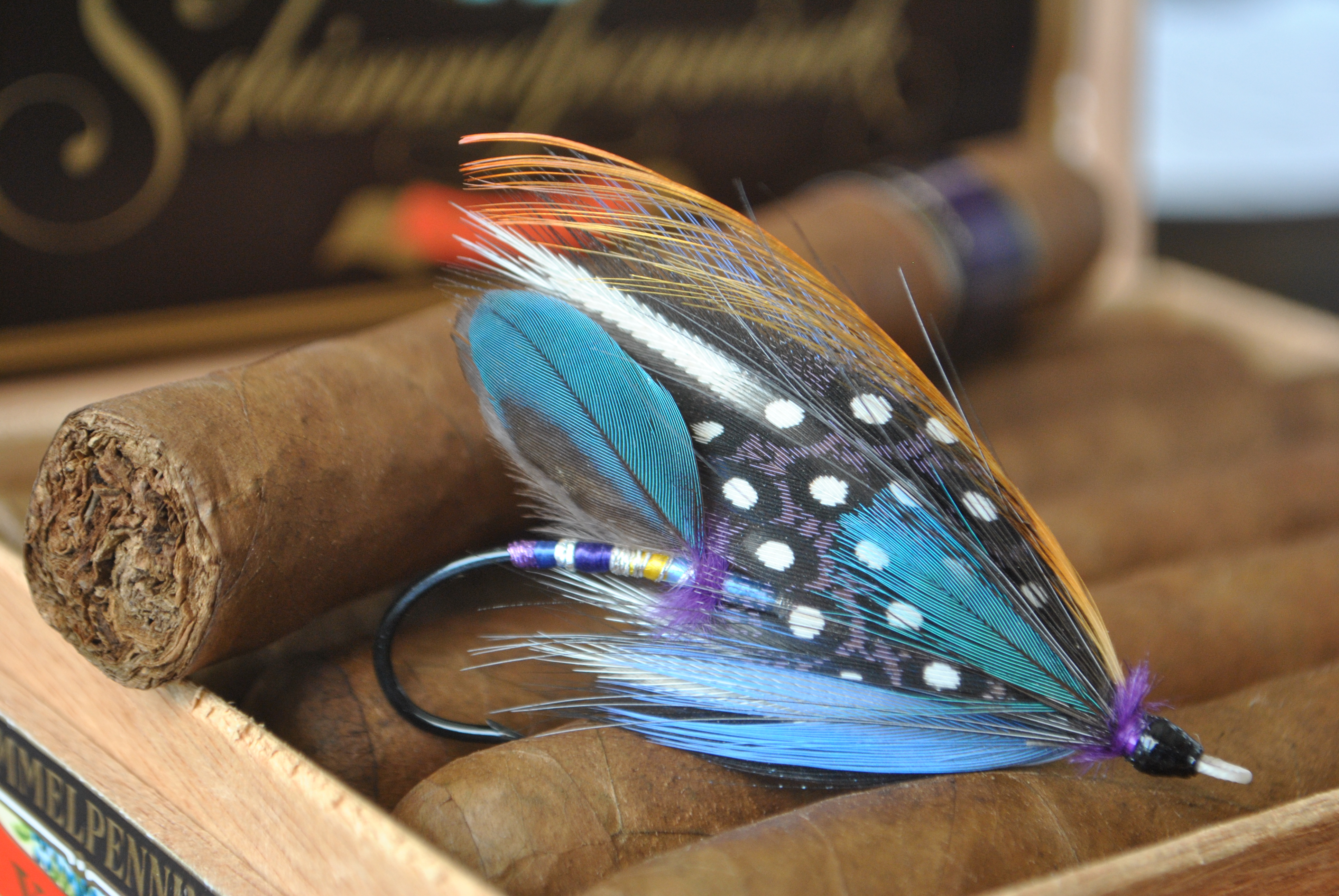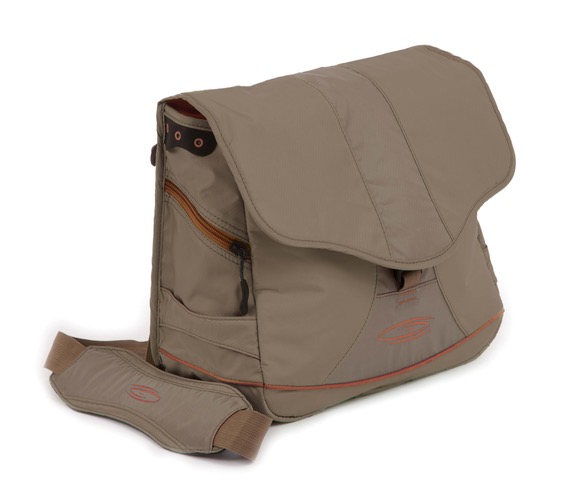
A number of companies make good reels, but it’s the subtle details in a reel that set it apart from others. Such is the case with Orvis’s new Mirage. The Fly Fusion team tested out the Mirage II (designed for 3 to 5-weight lines) and had an overwhelmingly positive experience with the reel. The ultra-large arbour on this machined aluminum reel enables a quick retrieve and produces less line-memory. The fully sealed drag system is both smooth and easily adjusted— everything an angler would expect from a good reel. But what takes this reel to the next level is the Orvis design team’s attention to detail. The reel foot has a smooth radius, so when the angler reels up, wraps the leader around the base, and fastens the fly to a rod guide, the leader doesn’t kink. Also, the counterbalance (opposite the handle) is not a knob but is low profile so as not to catch on line or fingers. And the handle itself is perfectly fitting machined aluminum so there’s no give or wobble—which increases the smooth feel of the reel because the reel-handle is the primary point of contact when fighting a fish. Also, the spool is a quick-release type with no extra parts that can be easily lost while out on the water. The Mirage looks good, sounds good, and feels good. This is one of those “what’s not to love?” gear pieces from Orvis. The Mirage is available in sizes five sizes with the largest designed for 11 to 13-weight lines. orvis.com










